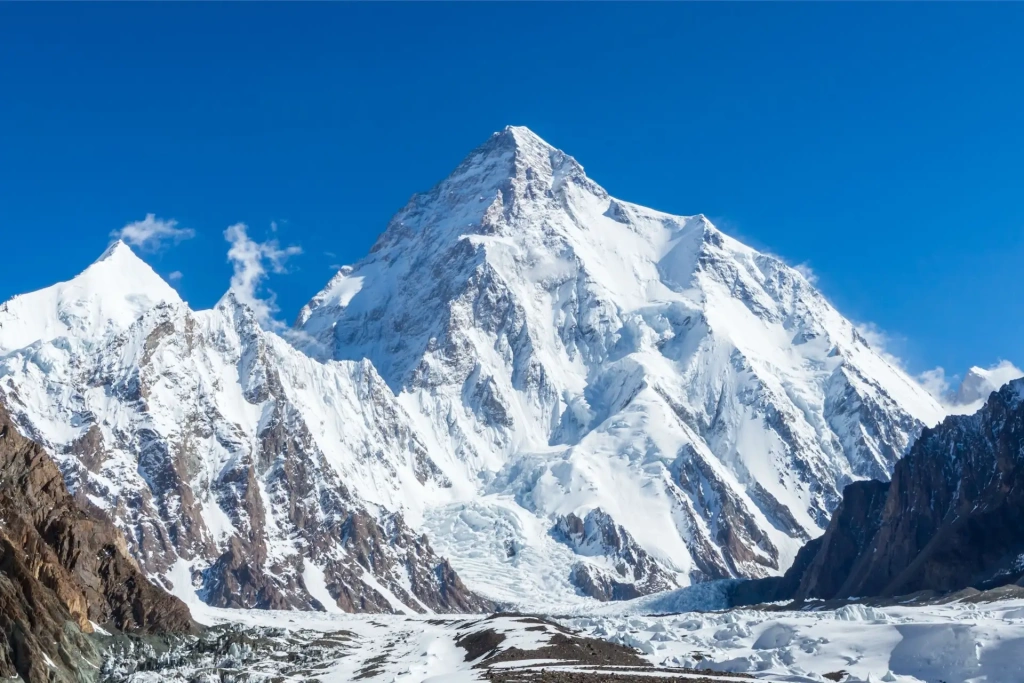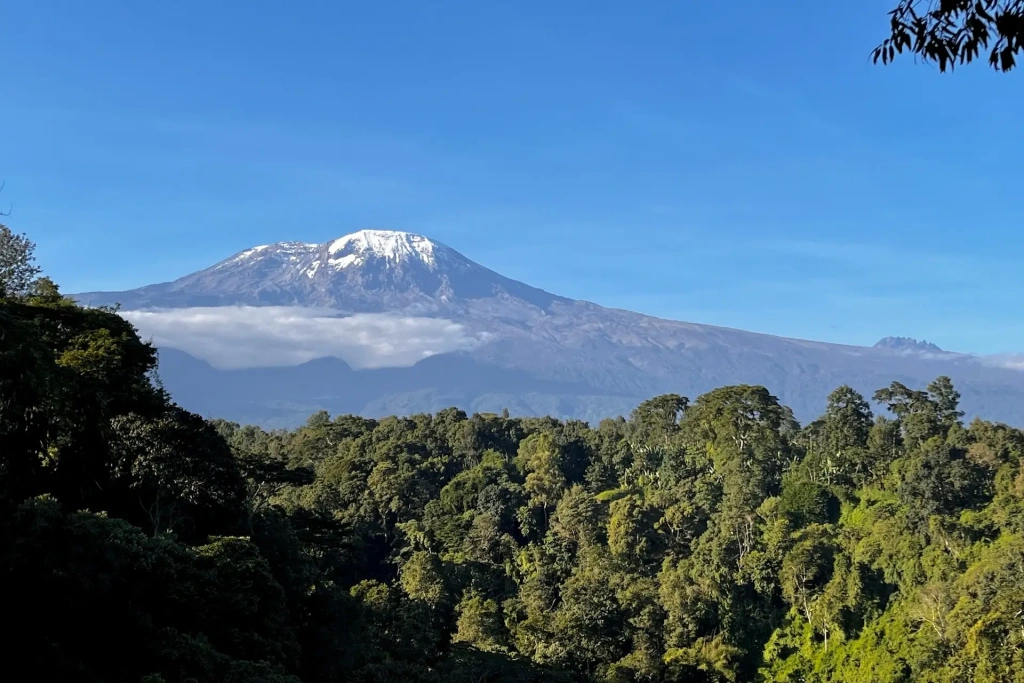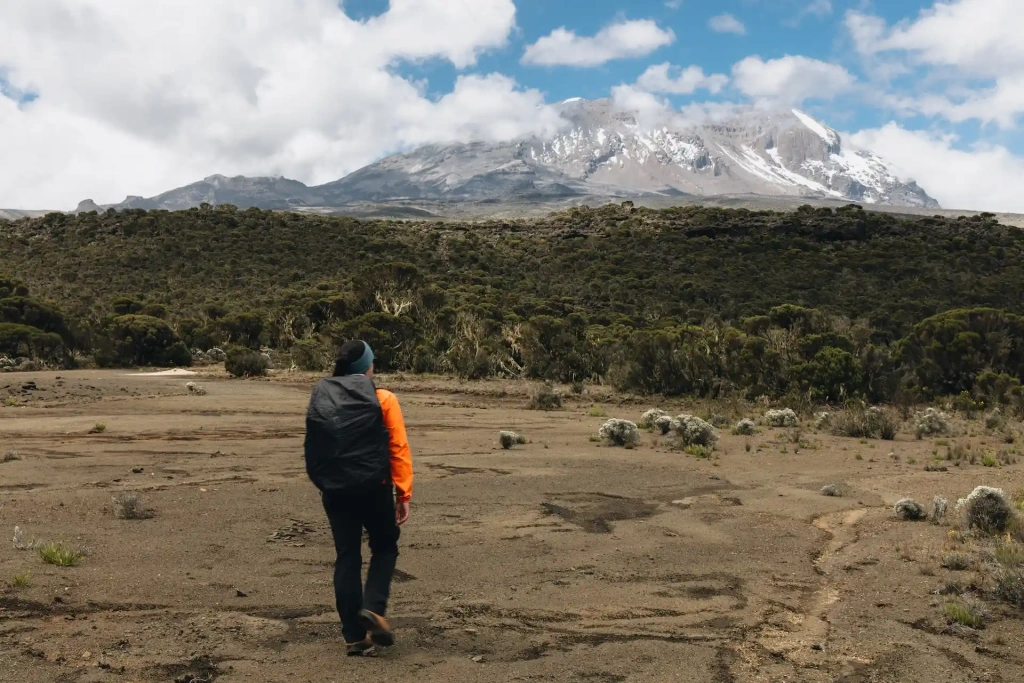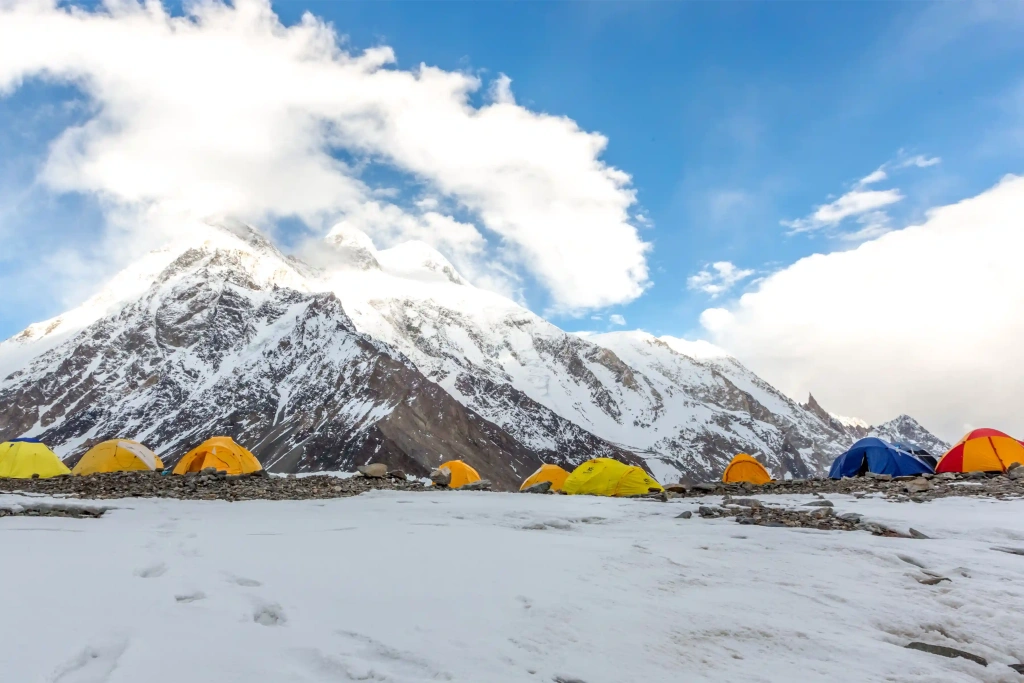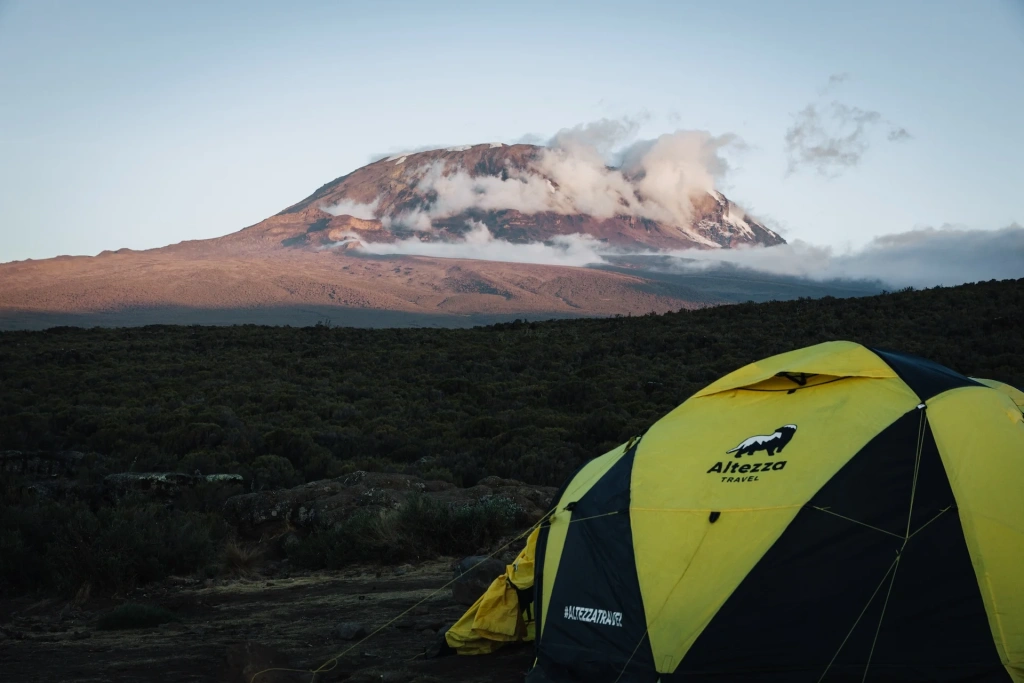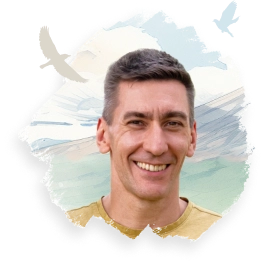Many people ask is K2 the same as Kilimanjaro. The short answer is no. They are different peaks in different parts of the world and not the same mountain.
In this article, we look at the differences between K2 and Kilimanjaro, explaining what makes each mountain unique and why some people consider them the same.
Are K2 and Mount Kilimanjaro different?
K2 is a mountain in Asia. It is part of the Karakoram range, with its peak being the highest point in that region. It is also known as the Savage Mountain or the Killer Mountain, and conquering it is exceptionally challenging for even the most seasoned climbers.
Kilimanjaro is a mountain in Africa. It is regarded as the highest peak on the continent and is often referred to as the Roof of Africa. Climbing Mount Kilimanjaro is relatively easy, making it accessible for beginner climbers, including children and older adults.
As you can see, Kilimanjaro and K2 have little in common.
Why do people confuse Kilimanjaro and K2?
The confusion probably comes from the letter "K" at the start of both mountain names. Some internet users may mistakenly think that K2 is an abbreviation for Kilimanjaro.
The letter "K" in K2 stands for "Karakoram." In the 1850s, British surveyor Thomas George Montgomerie studied the Karakoram and labeled the mountain peaks with the letter K followed by numbers. He named the five mountains based on the order they appeared from his vantage point, from left to right, rather than by their height. As a result, K2 was originally a temporary name. While K1, K3, K4, and K5 have since been renamed, the highest mountain in the Karakoram has kept its technical designation.
The word "Kilimanjaro" originates from the languages spoken by the people of East Africa. It is most often translated as "Shining Mountain." The snow and ice at its summit give the mountain a shimmering appearance in the sunlight. Interestingly, no one can definitively identify the exact languages that contributed to the name, leaving the origin of Kilimanjaro somewhat of a mystery.
Where are K2 and Mount Kilimanjaro located?
K2 is situated in Asia, spanning both Pakistan and China. It is part of the Baltoro Muztagh subrange, a segment of the Karakoram mountain system near the Himalayas. The ridge of Baltoro Muztagh serves as the border between Pakistan and China.
Mount Kilimanjaro towers over the plains of East Africa. It is located entirely within Tanzania, close to the border with Kenya.
How tall are K2 and Kilimanjaro?
K2 is 8,611 meters (28,250 feet) above sea level, making it the second-highest mountain in the world, just after Mount Everest. The number 2 in its name reflects its status, helping to remember its ranking.
Mount Kilimanjaro is 5,895 meters (19,341 feet), nearly three kilometers (10,000 feet) shorter than its Asian counterpart.
What are the conditions on Kilimanjaro and K2?
The Karakoram Mountains are complex regions characterized by a harsh climate. Their slopes are steep and covered in glaciers. Winter temperatures plunge to -40°C (-40°F), with strong, cold winds sweeping through. The K2 peak is dominating this rugged landscape.
K2’s pyramidal summit, with its steep, snow-covered slopes, fully justifies its title as the Savage Mountain. Those who reach the top are rewarded with views of other inhospitable peaks draped in ice and snow. The Karakoram range is home to many high mountains, including four that rise above 8,000 meters (26,000 feet).
Mount Kilimanjaro, in contrast, is a solitary mountain, frequently described as the highest freestanding mountain in the world. It was formed by merging three volcanoes, one of which eventually collapsed. Consequently, Africa's tallest mountain appears as two connected peaks, with its central dome-shaped section rising prominently.This area is blanketed in snow and glaciers.
Lush green forests and warm African plains surround Kilimanjaro mountain. The sunny weather at the base of the mountain is a striking contrast to the freezing temperatures at the summit. For more details about the climate zones on Kilimanjaro, check out our blog.
What do Kilimanjaro and K2 have in common?
In addition to the snow, ice, and the shared initial letter of their names, these mountains have another similarity: climbers worldwide aspire to reach their summits. However, the level of preparation varies significantly, as do the chances of conquering their summits.
Is K2 harder to climb than Kilimanjaro?
Reaching the summit of K2 is much more challenging than climbing Kilimanjaro.
K2, the second-highest mountain in the world, stands at 8,611 meters (28,250 feet). At this elevation, climbers enter what's known as the "death zone" — altitudes above 8,000 meters (26,250 feet) where the air is so thin that people can’t stay for long without risking their lives. The combination of high altitudes, weather conditions, and the necessity to navigate glaciers, among other challenges, , including rocks and ice climbing.
The Roof of Africa is located within Kilimanjaro National Park, making the starting point of the climb both scenic and accessible, even for beginners. Kilimanjaro’s gently sloping terrain rises to just under 6,000 meters (19,500 feet). Though climbing Kilimanjaro includes going through alpine deserts and the Arctic Zone, it doesn't require the technical climbing skills needed for K2. Ascending to Uhuru Peak requires only a sleeping bag, sturdy hiking boots, and maybe trekking poles.
How many people climb K2 and Kilimanjaro?
The difference in climbing difficulty determines how many mountaineers are interested in attempting Kilimanjaro and K2.
Before 2022, the most active year for K2 was 2018, which recorded 62 successful ascents. However, the K2 tour industry has seen substantial changes, with a sharp increase in participants and a decrease in the mortality rate. In 2022, an impressive 200 climbers attempted to reach the summit of K2. It seems likely that the number of climbers will continue to grow in the coming years.
Yet, these figures are small compared to the statistics for Kilimanjaro. In both 2018 and 2022, an average of 50,000 people climbed the African summit. This number has now increased even further, surpassing 60,000 climbers annually.
What is the mortality rate on Kilimanjaro and K2?
The success rate of reaching the summits and the mortality rate clearly favor Kilimanjaro. For instance, until 2022, the mortality rate on K2 was 20%. It is currently . In contrast, the mortality rate for Mount Kilimanjaro is only 0.01%.
Should you climb K2 or Kilimanjaro?
The answer to this question depends on your preferences and abilities. In terms of accessibility, Kilimanjaro is the clear winner. This mountain is physically easier to climb and is situated in Tanzania, which has a well-developed tourism infrastructure. Tour operators provide support for climbers aiming to reach the summit.
There is also a difference in climbers' motivations. Only a few professional climbers aim to conquer K2. On the other hand, thousands of travelers set out for Kilimanjaro, eager to experience a mountain from the Seven Summits list, which does not include K2.
Even if you don’t intend to tackle all seven summits across the continents, reaching the Roof of Africa is an exhilarating adventure. We aren't exaggerating when we say seniors and children can make this ascent. The oldest climber on Kilimanjaro, Anne Lorimor, is 89, while the youngest, Ognjen Živković, is just five years old. You can read about these and other records on Kilimanjaro in our blog.
Ultimately, the decision of which mountain to climb is yours. If you're eager to challenge yourself by conquering K2, we wish you the best of luck. On the other hand, if you've decided to climb Kilimanjaro, consider joining one of the groups organized by Altezza Travel.
All content on Altezza Travel is created with expert insights and thorough research, in line with our Editorial Policy.
Want to know more about Tanzania adventures?
Get in touch with our team! We've explored all the top destinations across Tanzania. Our Kilimanjaro-based adventure consultants are ready to share tips and help you plan your unforgettable journey.

















